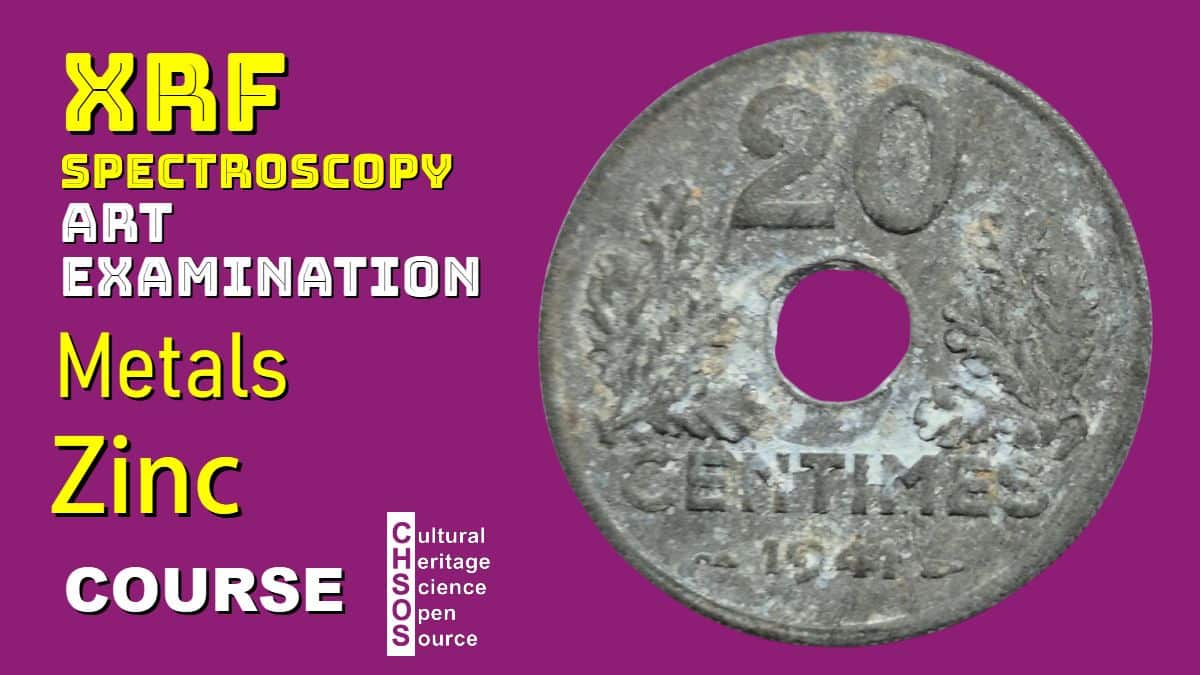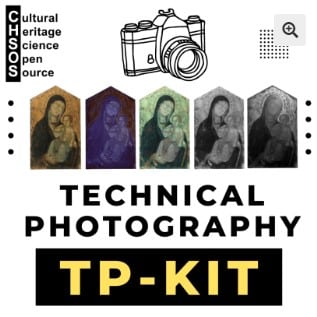
This lesson explores the use of zinc in coinage, highlighting both its advantages as a cheap metal and its limitations due to corrosion. Two case studies will be examined: the 20-cent zinc coin issued by the French Vichy government in 1941 and the modern U.S. penny.
Objectives
-
Understand why zinc was adopted for coinage in different historical contexts.
-
Recognize the corrosion problems of pure zinc coins, known as “zinc disease.”
-
Identify the composition of zinc-based coins through XRF spectroscopy.
-
Compare wartime coinage with modern strategies for cost-effective minting.
Materials
-
Vichy France 20-cent coin (1941)
-
U.S. pennies (post-1982 zinc core)
Lesson Plan
-
Introduce zinc as a low-cost but unstable material for coin production.
-
Present the Vichy coin as an example of pure zinc coinage, and discuss its surface degradation.
-
Examine the coin with XRF spectroscopy to confirm pure zinc composition.
-
Compare with U.S. pennies, explaining the shift from copper to zinc cores after 1982.
-
Demonstrate XRF spectra of coated and abraded pennies, highlighting differences in copper and zinc signals.








